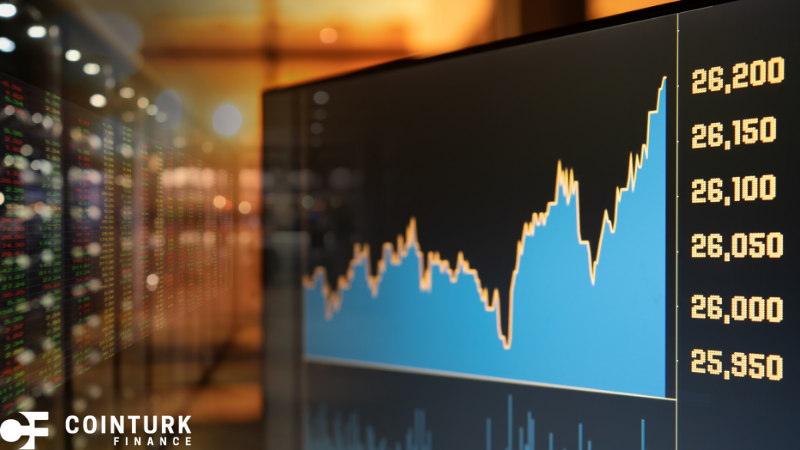The Korean Peninsula, historically united, experienced a significant division in 1945 at the close of World War II. This separation was intended to be a temporary measure but resulted in long-lasting geopolitical tensions. The division, primarily along the 38th parallel, was influenced by the geopolitical interests of the Soviet Union and the United States. This border saw a mass movement of people, further intensifying the region’s complexity.
During the Japanese occupation from 1910 to 1945, Korea endured harsh colonial rule, leaving enduring scars in its relations with Japan. The sudden surrender of Japan in August 1945, following atomic bombings and Soviet military advances, led to hasty decisions by global powers. The Soviet Union and the U.S. agreed to divide the peninsula, hoping to eventually restore Korea’s sovereignty. Notably, while the division was initially not a hard boundary, it soon solidified into a significant geopolitical fault line.
Historical Context of Division
The division of Korea has often been analyzed in historical contexts, with many comparing it to other post-war territorial changes. Initially, the division was not expected to last long, similar to the temporary partitions seen in Europe. However, the Cold War dynamics between the U.S. and the Soviet Union mirrored the ideological rifts in Korea, transforming the temporary line into a permanent boundary.
Mass migrations marked the early years of division, as seen in other regions undergoing political upheavals. This movement included educated and religious individuals who preferred living under U.S.-influenced South Korea rather than Soviet-influenced North Korea. Over 1.6 million people crossed the border during the early phase of partition, highlighting the human impact of geopolitical decisions.
Geopolitical Ramifications
The division led to significant geopolitical consequences, with immediate and long-lasting effects on the Korean Peninsula. The Soviet Union’s rapid advance and America’s late arrival in Korea set the stage for the partition. Despite initial plans for shared governance, the division solidified, creating stark contrasts between the North and South.
Michael Muir stated, “The Soviet Union and the United States agreed to divide Korea along the 38th parallel, which was quite a remarkable concession for the Soviet Union to make because the Americans wouldn’t even arrive in Korea for another month.”
The division’s impact extended beyond politics, affecting the Korean people and their economy. The North developed under a communist regime, leading to different economic and social outcomes compared to the capitalist South. This contrast continues to define the two Koreas today, influencing their relations and interactions with the global community.
The historical context of Korea’s division demonstrates the complexity of geopolitical decisions and their long-term effects. Understanding these dynamics offers insights into current tensions on the Korean Peninsula and the broader implications for international relations. The division’s legacy is a reminder of the enduring impact of global power struggles on regional stability and development.










